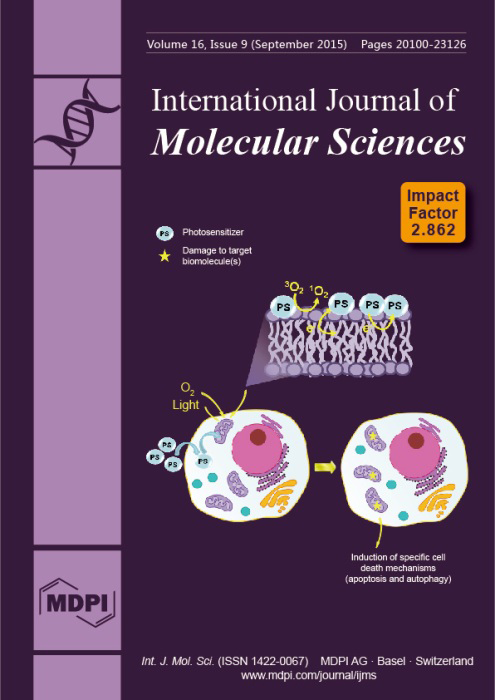The goose (
Anser cygnoides), having high nutritional value, high-quality feathers and high economic benefit, is an economically important poultry species. However, the molecular mechanisms underlying the higher susceptibility to pathogens in goslings than in adult geese remains poorly understood. In this
[...] Read more.
The goose (
Anser cygnoides), having high nutritional value, high-quality feathers and high economic benefit, is an economically important poultry species. However, the molecular mechanisms underlying the higher susceptibility to pathogens in goslings than in adult geese remains poorly understood. In this study, the histological sections of spleen tissue from a two-week-old gosling and an adult goose, respectively, were subjected to comparative analysis. The spleen of gosling was mainly composed of mesenchyma, accompanied by scattered lymphocytes, whereas the spleen parenchyma was well developed in the adult goose. To investigate goose immune-related genes, we performed deep transcriptome and gene expression analyses of the spleen samples using paired-end sequencing technology (Illumina). In total, 50,390 unigenes were assembled using Trinity software and TGICL software. Moreover, these assembled unigenes were annotated with gene descriptions and gene ontology (GO) analysis was performed. Through Kyoto encyclopedia of genes and genomes (KEGG) analysis, we investigated 558 important immune-relevant unigenes and 23 predicted cytokines. In addition, 22 immune-related genes with differential expression between gosling and adult goose were identified, among which the three genes showing largest differences in expression were immunoglobulin alpha heavy chain (
IgH), mannan-binding lectin serine protease 1 isoform X1 (
MASP1) and C–X–C chemokine receptor type 4 (
CXCR4). Finally, of these 22 differentially expressed immune-related genes, seven genes, including tumor necrosis factor receptor superfamily member 13B (
TNFRSF13B), C-C motif chemokine 4-like (
CCL4),
CXCR4, interleukin 2 receptor alpha (
IL2RA),
MHC class I heavy chain (
MHCIα), transporter of antigen processing 2 (
TAP2),
IgH, were confirmed by quantitative real-time PCR (qRT-PCR). The expression levels of all the candidate unigenes were up-regulated in adult geese other than that of
TNFRSF13B. The comparative analysis of the spleen transcriptomes of gosling and adult goose may promote better understanding of immune molecular development in goose.
Full article






